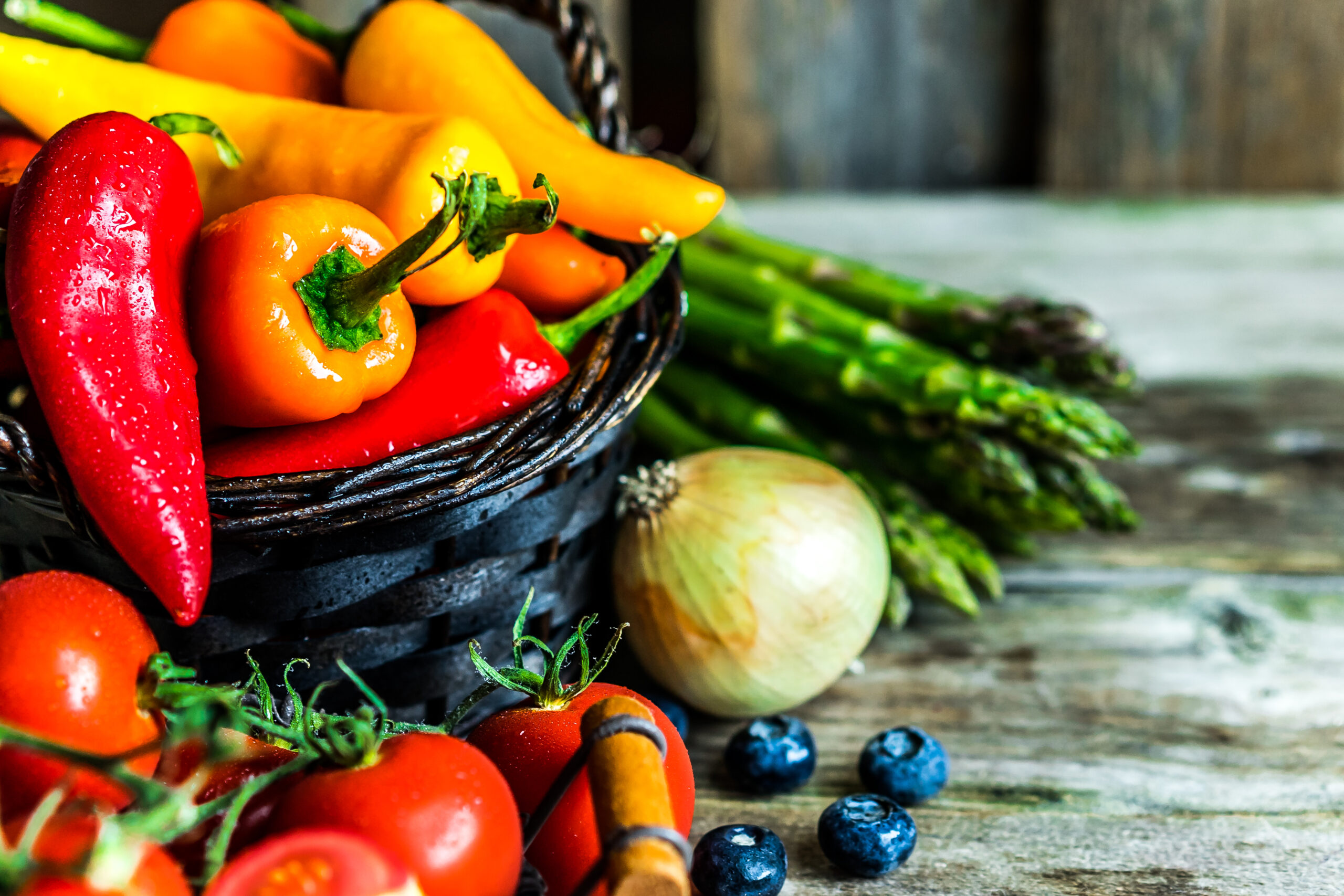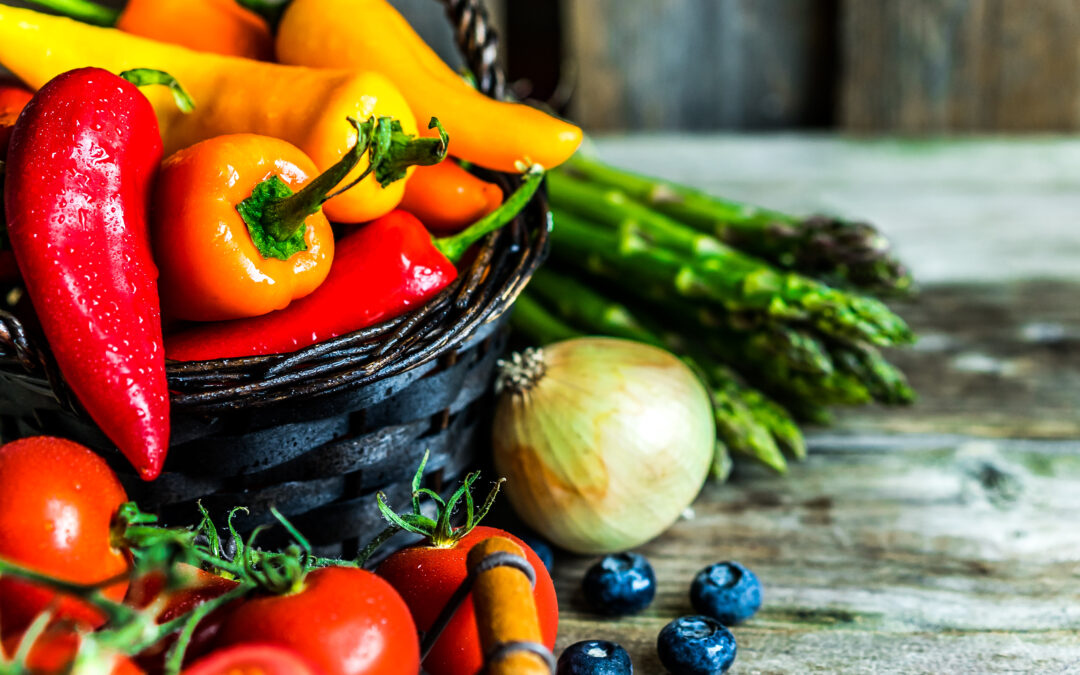Welcome to Home Gardening 101! In this blog post, we’ll cover the basics of growing your own vegetables and fruits at home. Whether you have a small balcony or a large backyard, there are plenty of opportunities for you to start your very own home garden. Let’s get started!

Introduction to Home Gardening
Home gardening is an excellent way to grow fresh produce while also providing yourself with some peaceful time outdoors. It can be a fun activity for the whole family, and it allows you to enjoy the satisfaction that comes from growing something with your own hands. With just a little bit of effort, you can create a beautiful and bountiful garden right in your own backyard.
Choosing the Right Plants and Seeds
The first step in starting your home garden is choosing the right plants and seeds. Consider what types of vegetables and fruits you like to eat and then research which ones are best suited for your climate and growing season. You may want to start by planting easy-to-grow crops such as tomatoes, lettuce, spinach, radishes, green beans, and zucchini. Once you gain more experience, you can experiment with other varieties.
Preparing Your Soil for Planting
Once you’ve chosen your plants and seeds, it’s time to prepare your soil for planting. Start by removing any weeds or debris from the area where you plan to plant. Then, add compost and other organic matter to enrich the soil and make it easier for your plants to grow. If necessary, you can also use raised beds or containers to improve drainage and provide better support for your plants.
Watering and Fertilizing Your Garden
After you’ve prepared your soil, it’s essential to keep your plants well watered and fertilized. The amount of water and fertilizer needed will depend on the type of plants you’re growing and the weather conditions in your area. A good rule of thumb is to water your plants deeply once a week (or more frequently during hot weather), and apply fertilizer every few weeks according to package instructions.
Pest Control in the Home Garden
Unfortunately, pests are a common problem in home gardens. To prevent damage to your plants, you should take steps to control pests early on. One effective method is to attract beneficial insects such as ladybugs and lacewings, which feed on many common garden pests. You can also use natural remedies such as neem oil or garlic spray to repel pests without harming your plants.
Harvesting Your Vegetables and Fruits
One of the most exciting parts of home gardening is harvesting your own vegetables and fruits! Depending on the variety, you can expect to start harvesting within a few months after planting. Be sure to pick your produce when it’s ripe but not overripe, as this will ensure optimal flavor and nutrition.
Preserving Your Homegrown Produce
If you end up with more produce than you can consume immediately, consider preserving it for later use. There are several methods for preserving food, including freezing, canning, and drying. Freezing is one of the easiest ways to preserve vegetables and fruits; simply blanch them briefly in boiling water, remove excess moisture, and pack them into freezer-safe containers. Canning involves cooking food in jars using a pressure canner, while drying involves removing moisture from food through various techniques such as sun-drying or oven-drying.
Troubleshooting Common Garden Problems
Finally, let’s talk about troubleshooting common garden problems. Some of the most common issues include poor germination rates, stunted growth, yellow leaves, and fungal diseases. These problems can often be traced back to improper soil preparation, insufficient watering or fertilization, or incorrect plant selection. By taking proactive measures to address these issues, you can help ensure the success of your home garden.
In conclusion, home gardening can be a rewarding hobby that provides fresh produce and relaxation. By following the basic principles covered here, you can establish a thriving garden that produces delicious vegetables and fruits year after year. Happy gardening!
Related Content
- 5 Ways to Build Your Confidence and Become More Self-Reliant
- Foster Nutrient-Rich Soil with Biochar
- Raising Livestock at Home: Everything You Need to Know About Keeping Animals on Your Property
- Self-Reliance in the Modern Age: How to Thrive Without Relying on Others
- Beginner Homesteading Tips for SelfReliant Living





